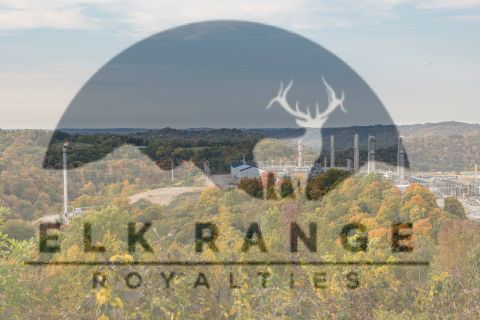DENVER - More than 150,000 documented orphan wells exist in the U.S., and it’s estimated that at least a million more are waiting to be discovered.
That’s both a huge problem and an opportunity, Nick Gianoutsos, a physical scientist for the U.S. Geological Survey (USGS), said during an address on the “Challenge of Orphaned Wells” at Unconventional Resources Technology Conference (URTeC).
Orphaned wells — for which no one is financially liable — present a number of risks. But they also may hold potential.
However, many states allow orphan wells to be adopted, Gianoutsos said. New completion techniques could return some wells to productivity or to be repurposed for a variety of uses, including carbon sequestration.
But left abandoned, they represent a risk to people and the environment.
“Leaking orphaned wells benefit no one. They waste natural resources, contaminate water and pose a threat to the environment,” Gianoutsos said.
They also pose hazards to hydraulic fracturing and can leak methane and hydrogen sulfide, H2S, into the environment. An estimated 14 million people live within a mile of one of the documented wells.
“Orphan wells come in all shapes and sizes,” he said. “Some have infrastructure intact. Some are open holes. Some are below ground and out of sight.
“When you’re dealing with orphaned wells, you never know what you're going to get.”
Finding undocumented orphan wells takes some sleuthing — in some cases combining ground observations with detection technologies such as drone-mounted aeromagnetic surveys and laser imaging, detection and ranging (LIDAR) surveys with historical records.
“Where are orphaned wells located? Pretty much everywhere there is oil and gas drilling,” he said. “Everywhere we see oil and gas drilling, we see orphaned wells.”
Orphan wells have existed since the beginning of the oil and gas industry, he added.
In August 2022, the USGS data had identified 117,672 known orphaned wells in 27 states. Less than a year later, the number identified mushroomed to about 150,000, he said.
Currently, Ohio has the most identified orphaned wells, more than 20,000, while about 5,800 have been located in Texas.
Using IHS Markit data, Gianoutsos said, a pattern has emerged: the number of wells that become orphans track fairly consistently with the overall number of wells drilled in any given year. Ultimately, about 1.5% to 2% end up orphaned.
“Most companies are responsible and clean up,” Gianoutsos said. “There are a handful of companies that make everyone look bad.”
Adopt a well?
The federal government has allocated $4.7 billion for plugging and remediating orphan wells.
But Gianoutsos says adoption may be a better option.
“The only thing better than plugging an orphaned well is adopting an orphaned well,” Gianoutsos said.
In states that allow adoption of wells, some could be brought back online at low cost using modern recompletion methods, he said. New uses could also be found for the wells.
“There’s been a lot of interest in wells being repurposed for geothermal, carbon dioxide storage and wastewater disposal,” he said.
Progress on that front, however, has been constrained by “a lot of unknowns” and a general lack of well information, he said.
“Any time you have rock and steel and cement and time, things are going to start to break down,” he said. “In areas where water is highly corrosive, the corrosivity of the water can really break down the casing. Seismicity can crack the cement.”
Younger wells, he noted, tend not to be as deteriorated as older wells, which makes them better candidates for repurposing, he said.
It also presents the “opportunity to reduce pollution and greenhouse-gas emissions and create new jobs,” he said.
Recommended Reading
Marketed: Paloma Natural Gas Eagle Ford Shale Opportunity in Frio County, Texas
2024-02-16 - Paloma Natural Gas has retained EnergyNet for the sale of a Eagle Ford/ Buda opportunity in Frio County, Texas.
Brett: Oil M&A Outlook is Strong, Even With Bifurcation in Valuations
2024-04-18 - Valuations across major basins are experiencing a very divergent bifurcation as value rushes back toward high-quality undeveloped properties.
Kimmeridge-SilverBow Public Feud Gets Ugly as Firm Suggests New Directors
2024-04-01 - Kimmeridge Energy Management said in a letter that should SilverBow continue to “stonewall” consideration of a merger offer, shareholders should elect three new independent board members.
Elk Range Royalties Makes Entry in Appalachia with Three-state Deal
2024-03-28 - NGP-backed Elk Range Royalties signed its first deal for mineral and royalty interests in Appalachia, including locations in Pennsylvania, Ohio and West Virginia.
SilverBow Gears Up for Proxy Fight with Kimmeridge
2024-04-09 - Both SilverBow Resources and Kimmeridge Energy Management have proposed a slate of candidates for the board of directors with a vote set for May 21.





